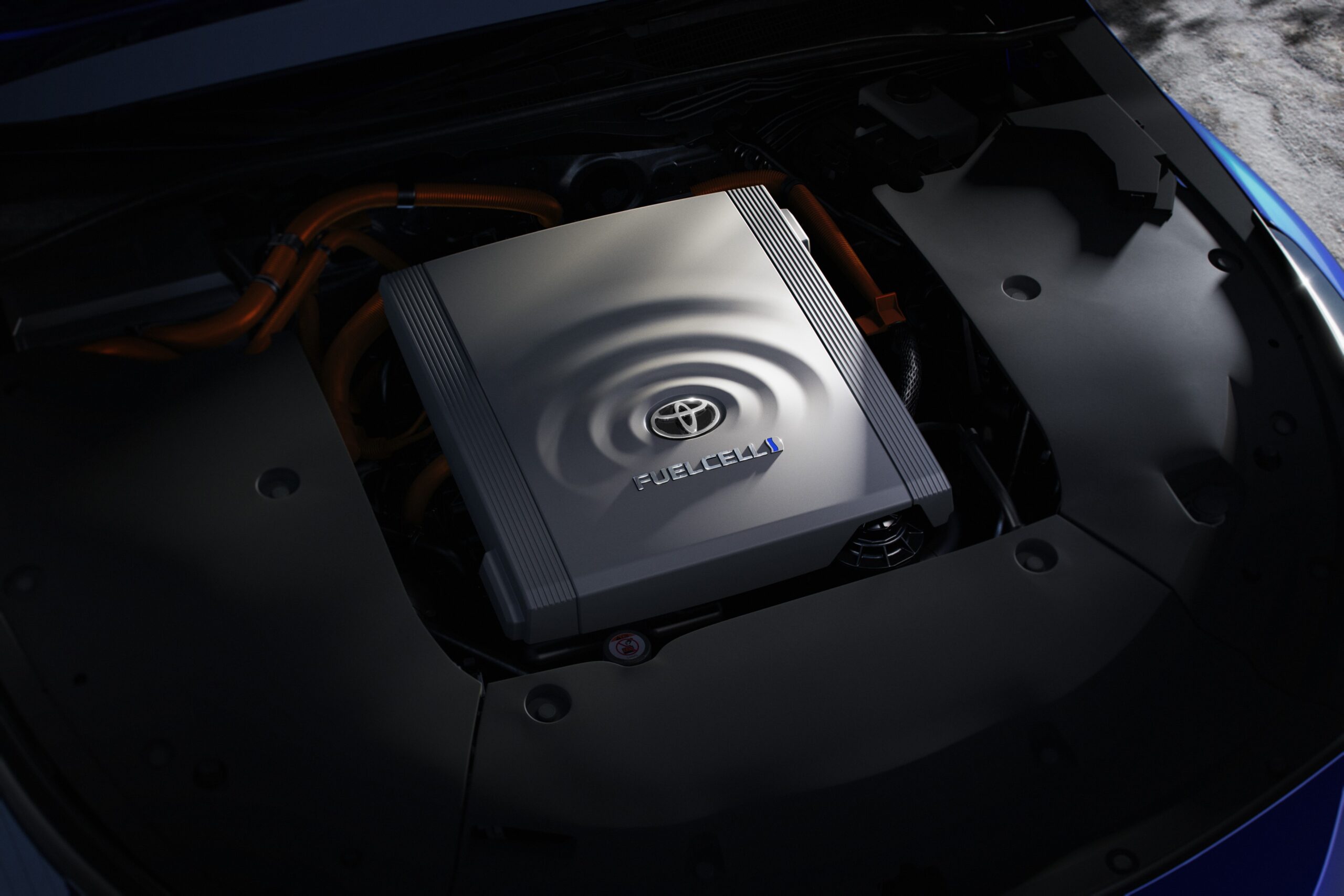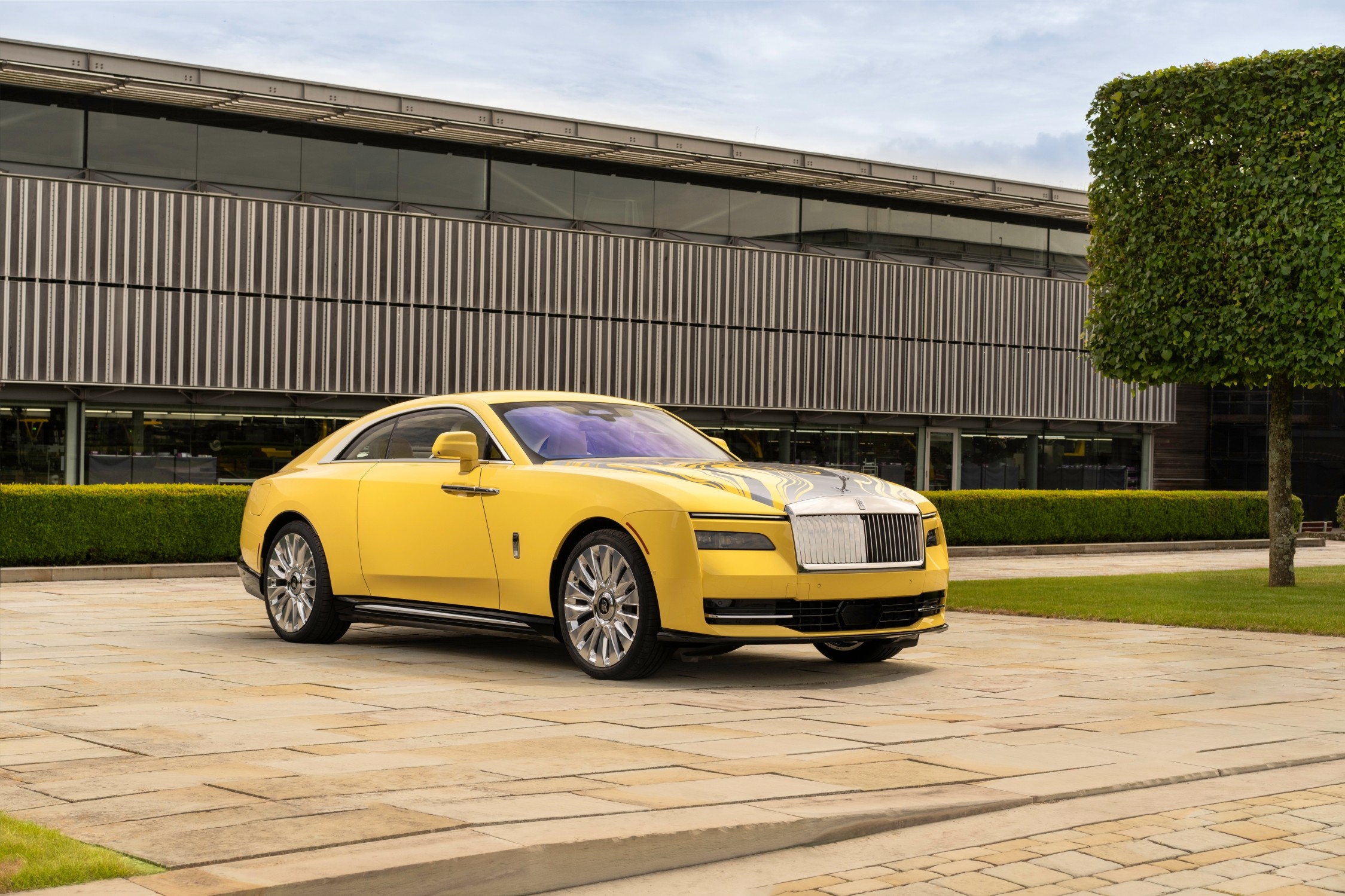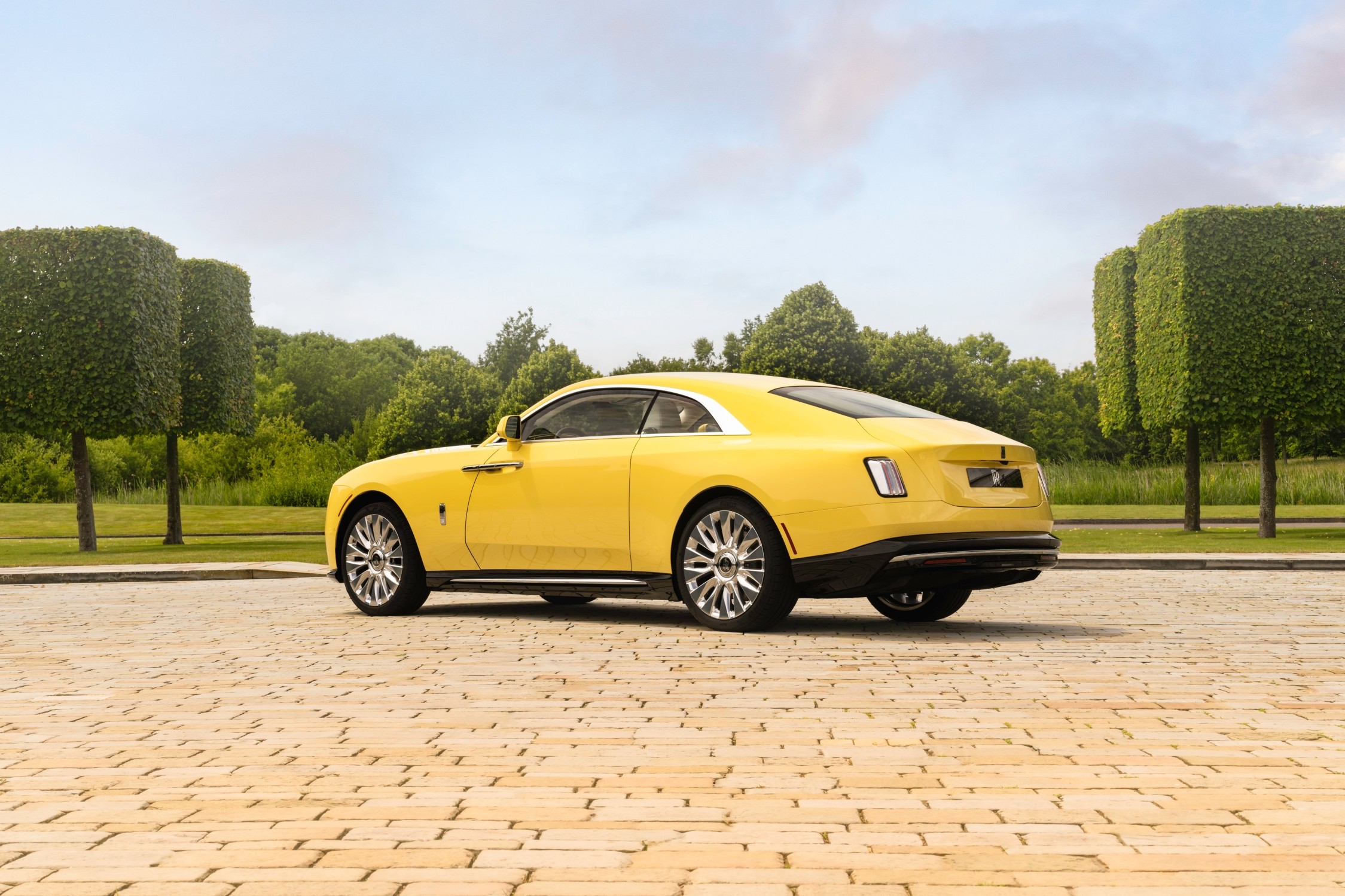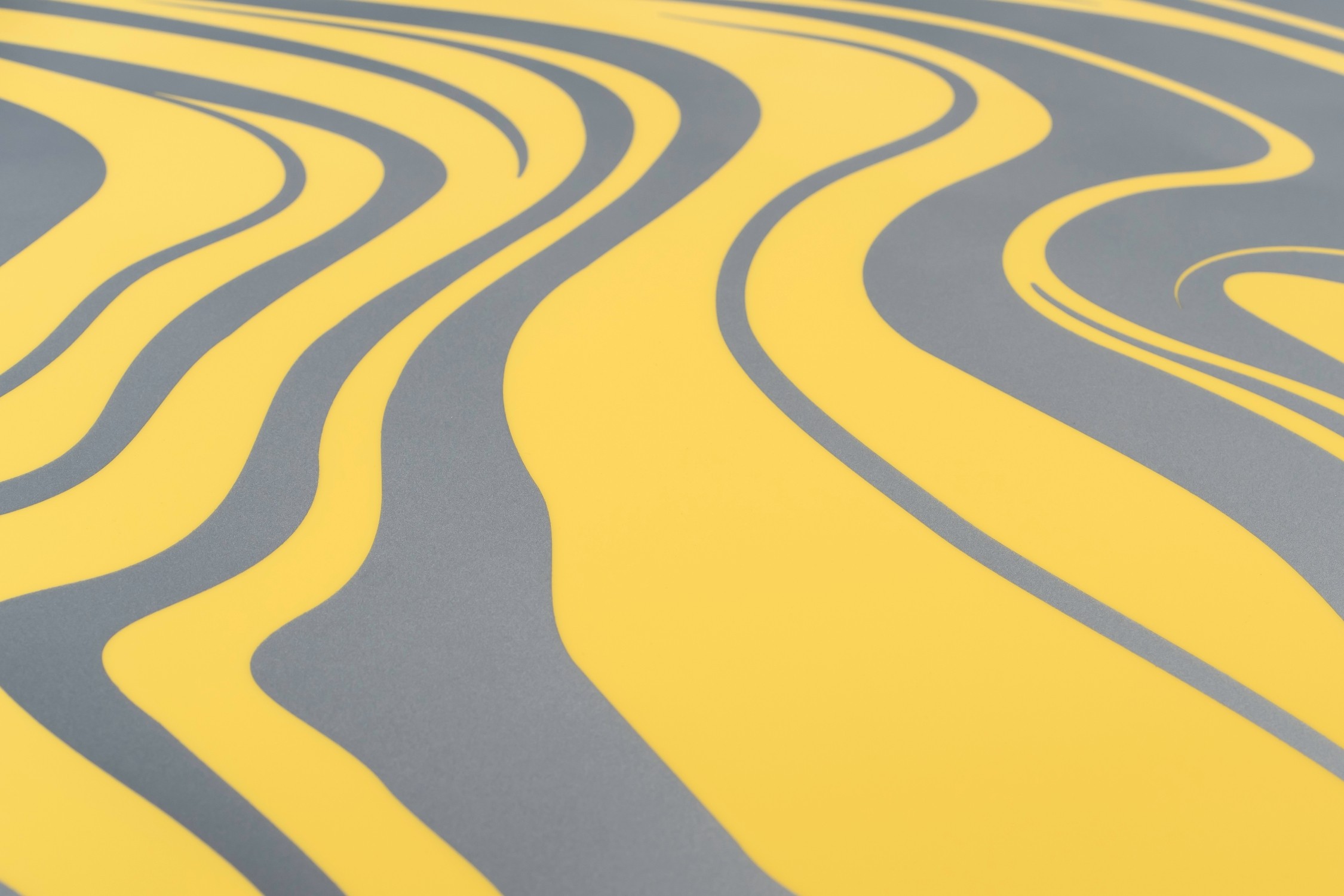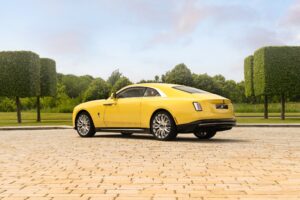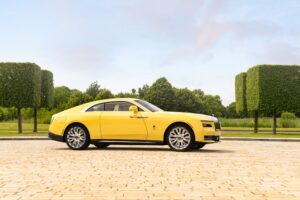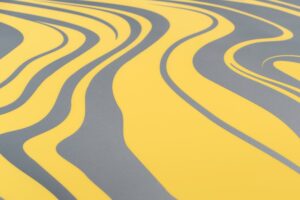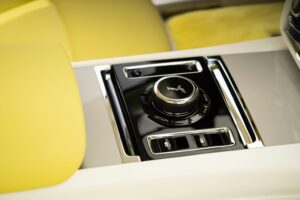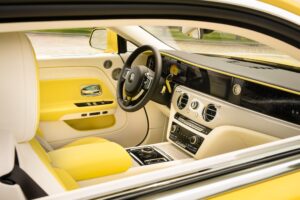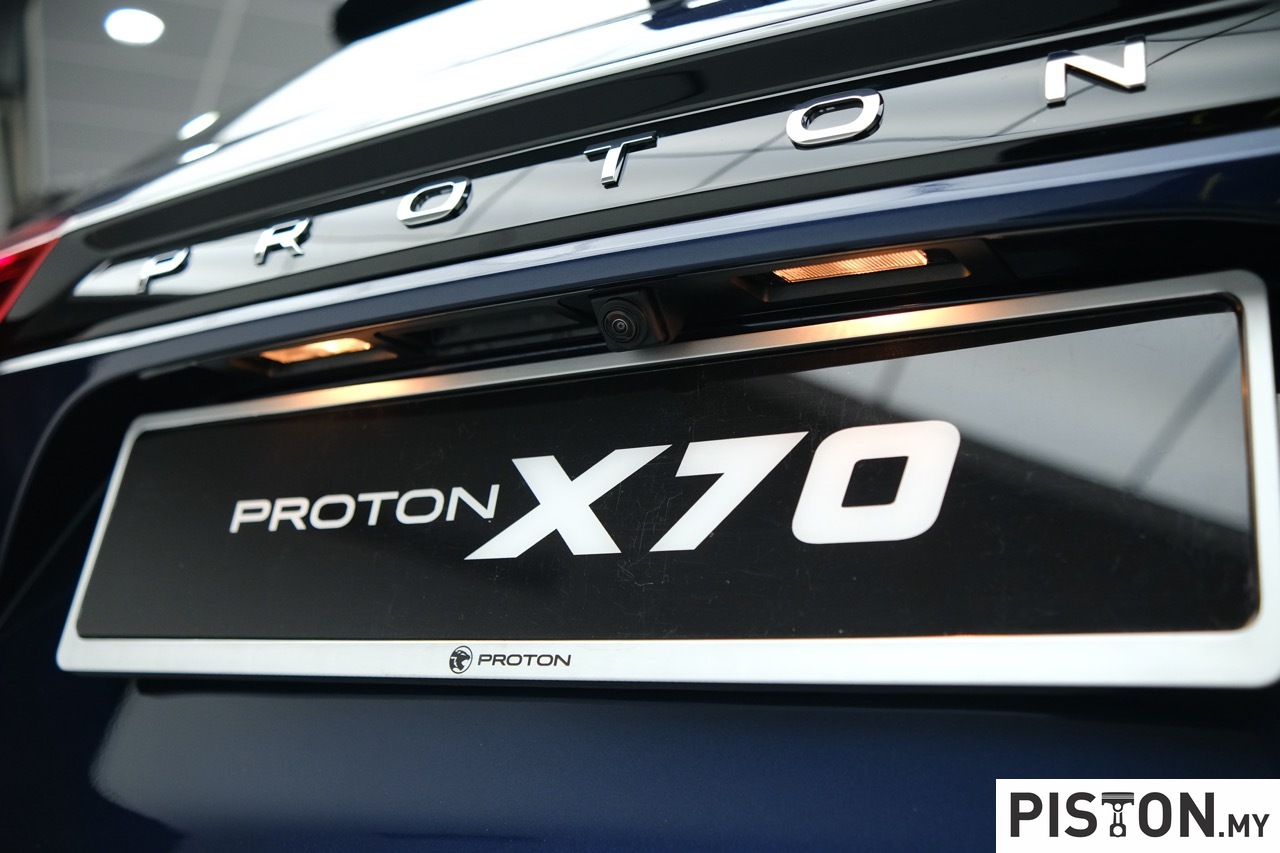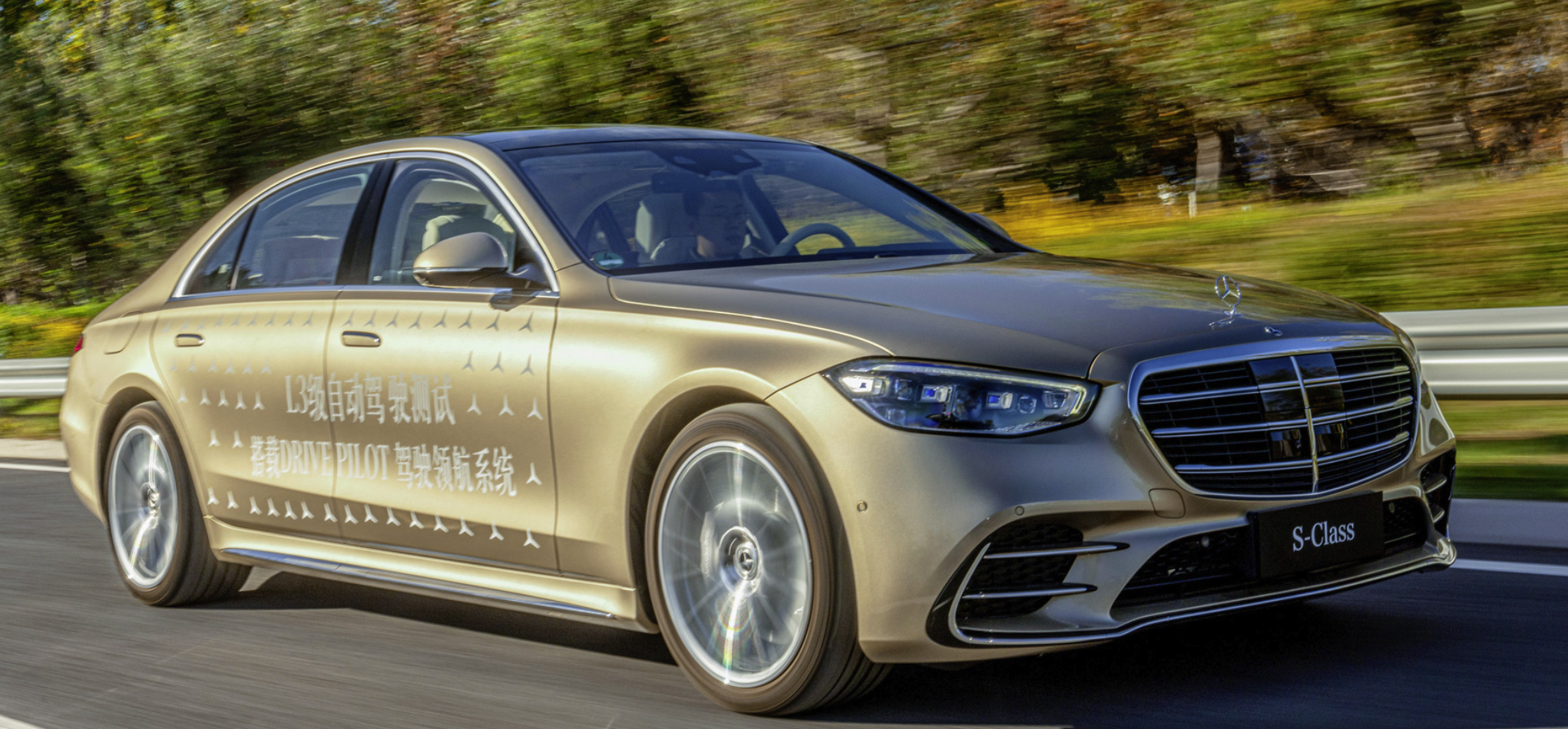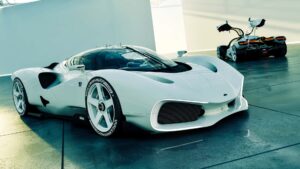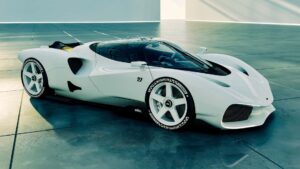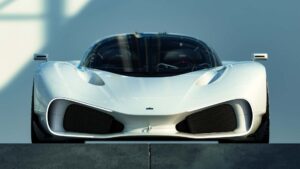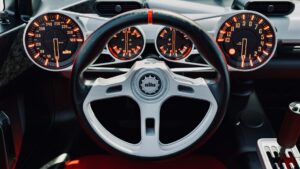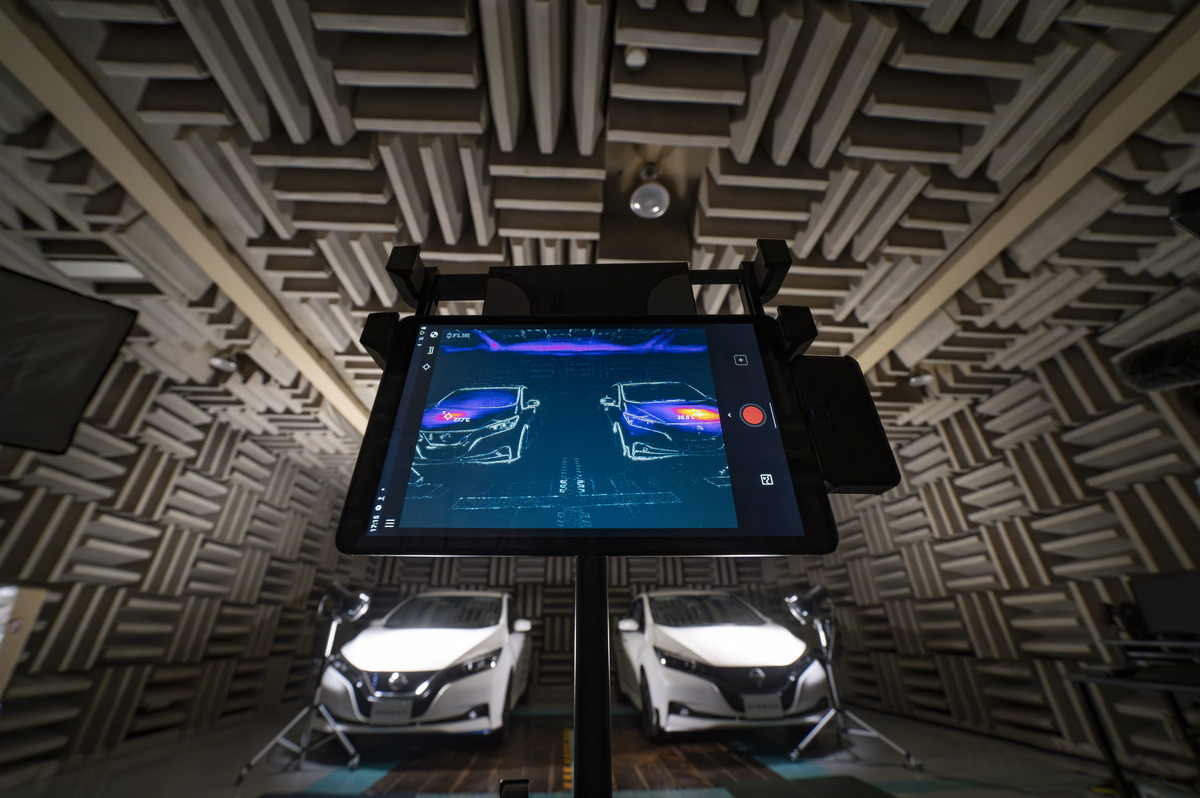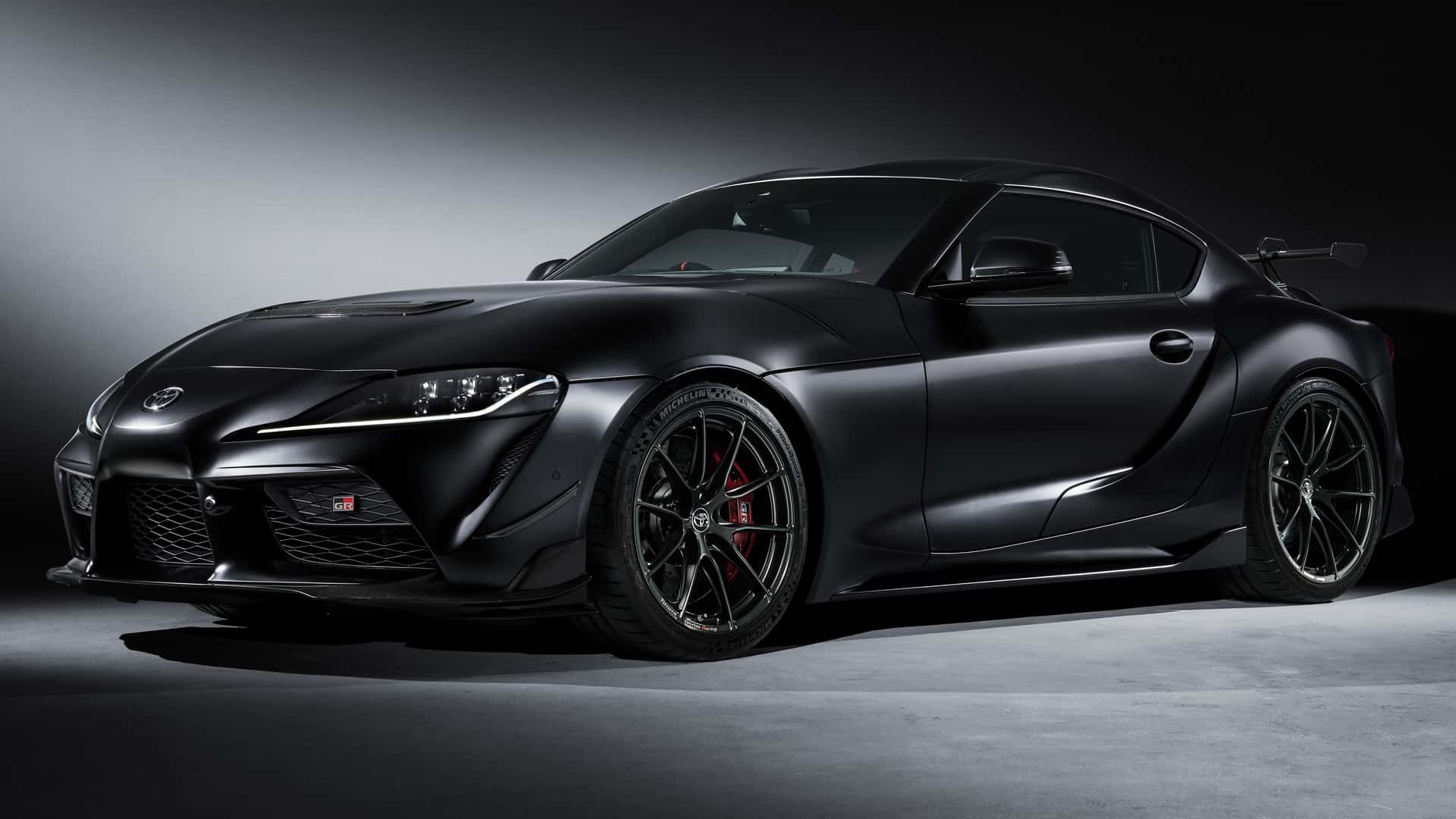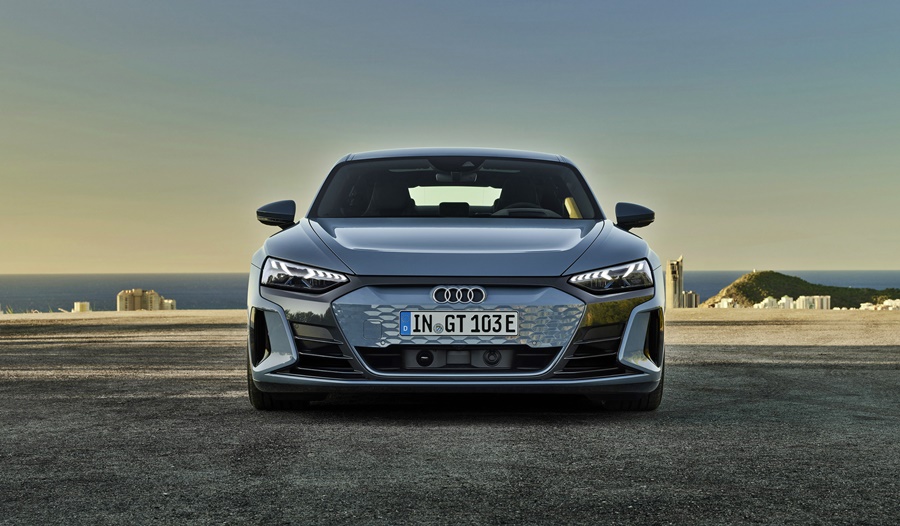Sasha Selipanov, the acclaimed designer behind the Bugatti Chiron and Koenigsegg Gemera, has officially launched his own hypercar, the Nilu. This marks a significant milestone for Selipanov, who recently established his design consultancy, Hardline27, and his hypercar brand, Nilu27, in collaboration with his wife, Inna.

Selipanov’s career includes stints at major automotive brands such as Volkswagen Group, where he was instrumental in designing the Bugatti Chiron and Lamborghini Huracán, and Genesis, where he contributed to the Essentia and Mint concepts. At Koenigsegg, he was the head of design responsible for the Gemera and CC850. Now, he turns his expertise to creating his own high-performance vehicles.

A Modern Take on Classic Racing
The Nilu is a pure, V12-powered track car with a road-going version that is also in development. Designed to offer an unfiltered driving experience, it eschews modern conveniences in favour of a design that pays homage to classic Le Mans endurance racers.

The Nilu features a bespoke carbon-fibre monocoque passenger cell, supported by aluminium-alloy tubular subframes at both the front and rear. Selipanov opted for these skeletal tubular subframes instead of composite materials to enhance access to key components and improve cooling efficiency.
Powertrain and Performance
Under the hood, the Nilu boasts a 6.5-litre V12 engine developed by Hartley Engines, a renowned New Zealand engine builder. Paired with a 7-speed manual transmission, the powertrain is expected to deliver over 1,000hp. Selipanov aims for the Nilu to be the world’s most powerful naturally aspirated car without any electrification. The engine features a “hot-V” design, placing the exhaust system between the cylinder banks, and includes fully exposed 12-into-1 exhaust headers, which Selipanov refers to as the “Snake Pit.”

Design and Interior
Access to the cabin is provided by gullwing doors, and inside, the Nilu features two low-mounted sports seats and an H-pattern shifter with an exposed mechanism. The interior is minimalist, with traditional dials and billet-machined controls, and devoid of digital screens, except for a digital rearview mirror. The steering wheel is also stripped of any controls to ensure an undistracted driving experience.

Limited Production and Future Plans
The Nilu will be privately showcased to prospective buyers at an event in Los Angeles before making its formal debut at the 2024 Monterey Car Week. Initially, Nilu27 plans to produce just 15 examples of the Nilu, with the first cars being built by California’s Aria Group. The company intends to establish its own production facility overseas in the future.

Additionally, a road-going version of the Nilu is in development, with plans to produce 54 units, four of which will feature unique designs that will further evolve the brand’s design language.





